In November 2009, Peru became the first Latin American country to apologize to its citizens of African descent for a history of oppression.
In urban areas Afro-Peruvians were cooks, laundresses, maids, handymen, and gardeners. In some cases, they worked in the navy, hospitals, churches and charitable institutions. In 1587, 377 people of African descent worked in the shipyards. The industry included a significant number of blacks working in quarries, kilns and construction projects. There were not enough Spanish workers to build the colony, so blacks essentially kept the economy running. Gradually, Afro-Peruvians were concentrated in specialized fields that drew upon their extensive knowledge and training in skilled artisan work and in agriculture.
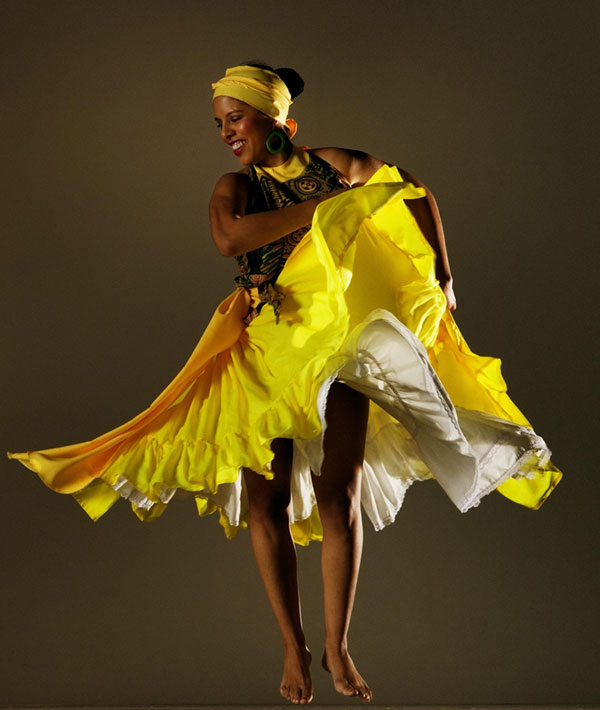
They also worked as carpenters, tailors, blacksmiths, sword smiths and silversmiths. This group enjoyed more freedom than their fellows who worked at large haciendas or in private households. Spanish small-business keepers would dispatch a whole team of servant-artisans to do a job independently and then return to their owner. As the prices for artisans rose, black artisans gained better treatment and sometimes took a role of a low-ranking employee. Skilled trades were a major avenue of social progress for the colored population. Due to their high skills, Afro-Peruvians gained prestige among Spanish noblemen. They occupied a relatively low social stratum but had some status related to the natives, and were considered above the emerging class of mestizos (descendants of indigenous people and Spanish colonists).
In Peru, black is an invisible color – World Bank
Two types of black slaves were imported to Peru. Those who were native-born in Africa were commonly referred to as bozales (“unskilled”, “untrained”), which was also used in a derogatory sense. These slaves could have been directly shipped from west or southwest Africa or transported from the Spanish Indies or other Spanish colonies. Afro-Peruvians previously acculturated to Spanish culture and who spoke Spanish were called Ladinos; some were mixed-race, descendants of Spanish men and African women. People of color performed skilled and unskilled functions that contributed to Hispanic colonization.
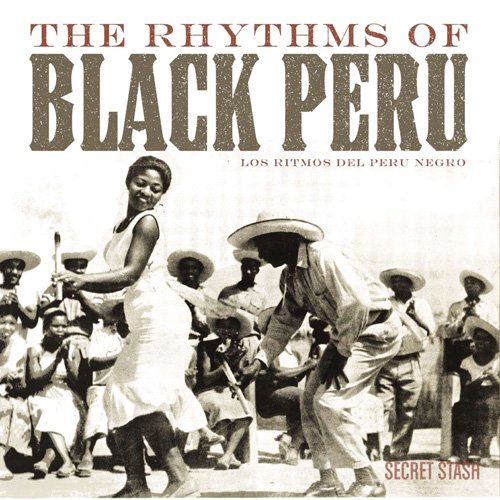
As the mestizo population grew, the role of Afro-Peruvians as intermediaries between the indigenous residents and the Spaniards lessened. The mestizo population increased through liaisons between Spanish and indigenous Peruvians. The elite Spanish developed a caste system based on racial descent and color, to protect their privileges and their Spanish and mestizo children. In this system, Spaniards were at the top, mestizos in the middle, and Africans and the indigenous populations at the bottom. Mestizos inherited the privilege of helping the Spanish administer the country.
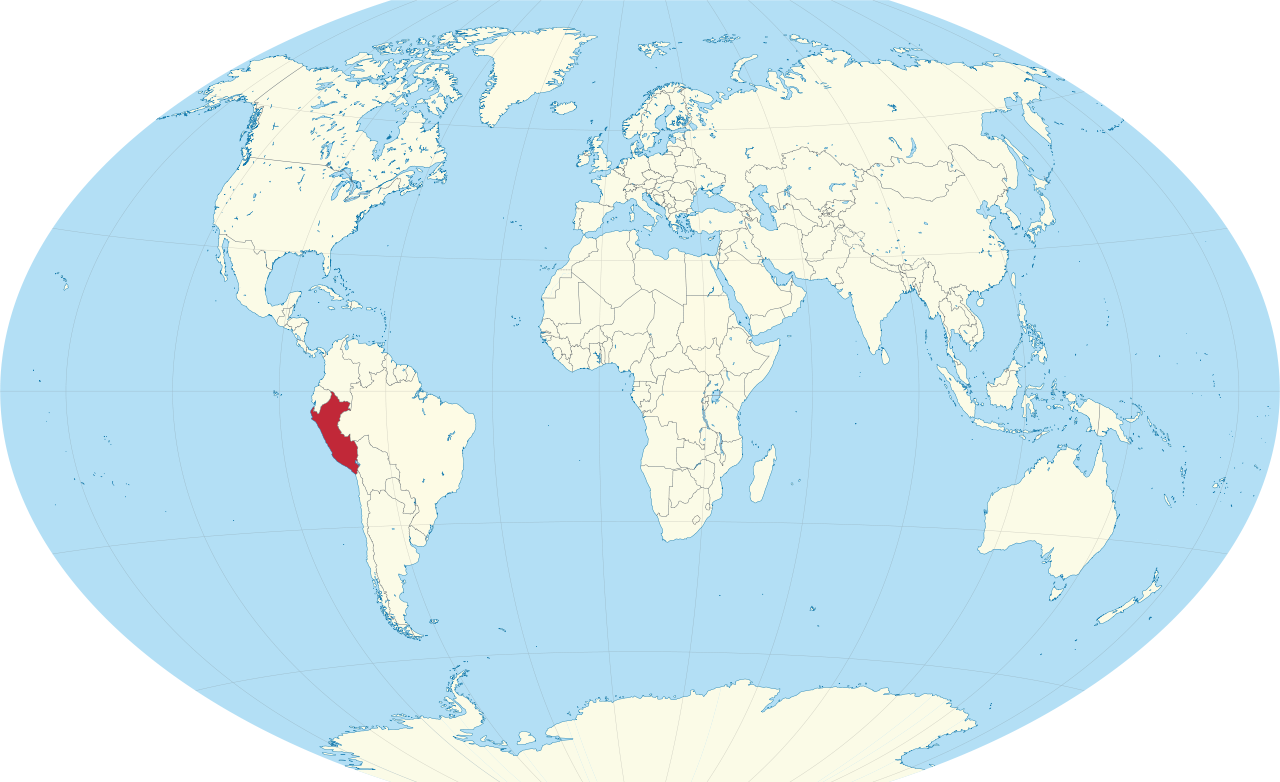
Today, Afro-Peruvians (also known as Afro-descent Peruvians) reside mainly on the central and south coast, with the majority of the population in the provinces of Lima, Callao, Nazca, Chincha, Ica and Cañete. Many Afro-Peruvians live on the northern coast in Lambayeque and Piura. The greatest concentration of Afro-Peruvians and mestizos of Afro-descent is in the Callao, an area that has historically received many of the Afro-Peruvians from the north and southern coast.
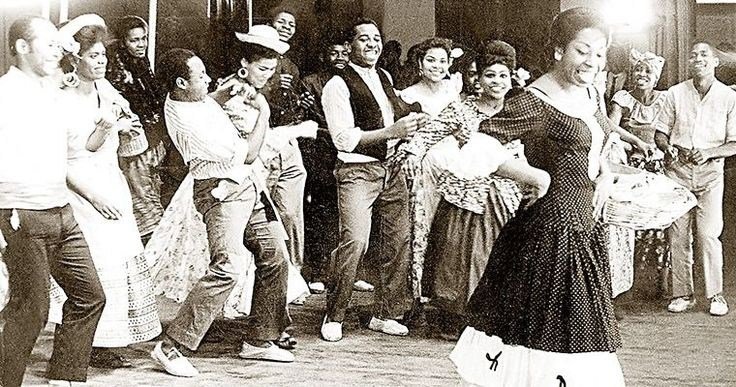
On the southern coast of the Ica Region, there are many cotton fields and vineyards, and the area is commonly known for its black populations such as that in El Carmen of the populous Chincha Province. There are other such towns in the Nazca, Ica City and in the district of San Luis in the Cañete Province near Lima, and Nazca to the south of Lima. In Lima, the towns best known for having large concentrations of Afro-descended populations are Puente Piedra, Chorrillos,Rimac, and La Victoria.
Afro-Peruvians also reside in the northern regions of Peru such as La Libertad and Ancash, but the larger populations are concentrated in the northern valley plantations of the regions of Piura and Lambayeque.
Most Afro-Peruvian communities live in rural farming areas where mango, rice, and sugarcane production is present. Contrary to the southern coast, these communities are mainly found away from the coastal shores and into the region of the yungas, where the plain meets the Andes.
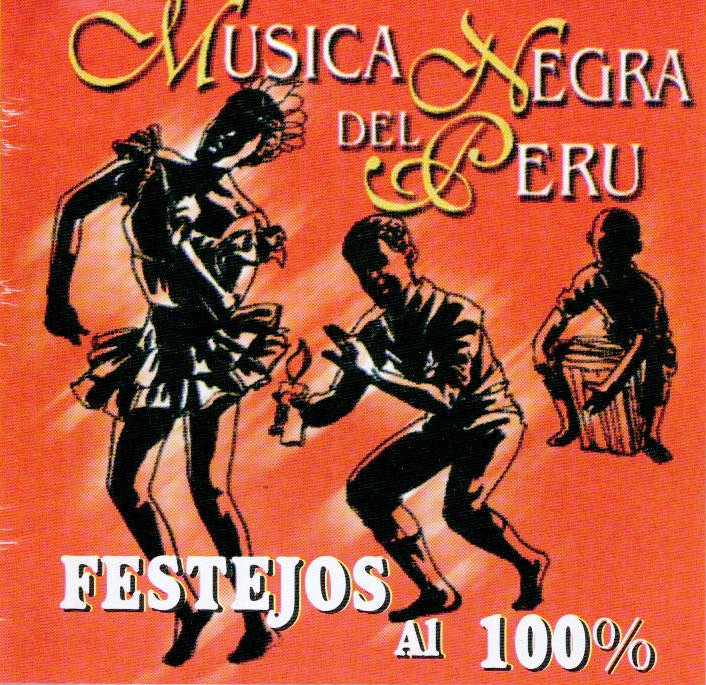
The greatest Afro-Peruvian populations of the north coast are found mainly in the outskirts of the Morropón Province and concentrate themselves in Piura and Tumbes. The central province of Morropón is well known for its black communities in cities such as Chulucanas, Yapatera, Chapica del Carmelo, La Matanza, Pabur (Hacienda Pabur), Morropón, Salitral, Buenos Aires, San Juan de Bigote and Canchaque, and to the north Tambogrande. All of these cities belong to the Piura Region, where there are large rice fields and mango plantations. South of the Lambayeque Region and north of La Libertad where sugarcane production was very productive in the past, there are several cities known for their black inhabitants. Examples are the colonial city of Saña in Lambayeque, famous for being the second most important Afro-Peruvian city of the Peruvian north. Tuman, Capote, Cayaltí, and Batán Grande within the region of Lambayeque also have large amounts of Afro-Peruvian populations in the sugarcane region.
The populations of Chancay and Aucallama are known in the province of Huaral, and the town of Acarí, in the province of Caravelí, to the north of Arequipa. In northern regions like Libertad and Ancash, Afro-Peruvians also exist, but in lesser measure, since the great majority of that population is concentrated in the regions of Piura and Lambayeque.
Recently it has been verified that the community with the greatest concentration of Afro-Peruvians is Yapatera in Morropón (Piura), made up of around 7,000 farmers who are largely descended from African slaves of “malagasy” (Madagascar) origin. They are referred to as “malgaches” or “mangaches”.
Formerly, Chincha to the south of Lima and other communities in Ica were known as the towns of greatest Afro-Peruvian concentration, but due to the excessive mixing between the Afro inhabitants native to the area and the Andean migrants, the Afro-Peruvian root has been more hybridized. Also, many of the Afrodescent residents of these communities migrated towards Lima for better opportunities.
Freed slaves also arrived in small valleys in the rain forests of the Amazon such as Cerro de Pasco and Huánuco and there are still small populations with African ancestry in these areas.
https://youtu.be/QYeaIN6MZ4Q?t=28m46s
Demeaning representations
Thanks to the legal campaign led by LUNDU, a Peruvian court in November 2010 demanded that the channel apologise to Afro-Peruvians for such demeaning representations. In August 2013, the government fined the channel $27,000 for continuing to broadcast skits of Negro Mama – the offensive character has since disappeared from Peruvian television.
Race identification questions
In early 2014, the Ministry of Culture and the Ombudsman’s Office undertook a test survey of 3,000 Afro-Peruvian homes asking questions about income and levels of education, and how respondents self-identify (as moreno , zambo or negro ) – hoping the data generated would help shape the 2017 National Census form and produce new policies.
In response to pressure from Afro-Peruvian organisations, government-supported health centres across the country will also begin including race identification questions in their patient forms, to better measure health disparities.
“We have to be counted on the census – both Chile and Panama have already introduced race categories, now it is Peru’s turn,” says Carillo, “Our next challenge is to get the government to collect and make public racial data on violence against women.”
–Peru celebrates black history month – Al Jazeera English
Peru 875,427 to 930,000 (Wiki) – – World Bank estimated 1.4 million in 2000 but according to Henry Gates Documentary Black in Latin America ( Episode 4 ) Peru A Hidden Race, it’s estimation is at 2,000,000.
Image of San Martín de Porres, one of Peru’s most venerated saints. Photo courtesy of Omar H. Ali. A Legacy of Black Labor and Culture By Omar H. Ali.
https://youtu.be/WPhdADLeKxg
Recently it has been verified that the community with the greatest concentration of Afro–Peruvians is Yapatera in Morropón (Piura), made up of around 7,000 farmers who are largely descended from African slaves of “malagasy” (Madagascar) origin. They are referred to as “malgaches” or “mangaches”.
List of renowned Afro-Peruvians
- Lucy Acevedo, Afro Peruvian Soul Singer, Living in Europe Vals, Festejo, Tondero, Lando, Lamentos, Boleros and More From Callao – Perú
- “Chocolate” Algendones, percussionist, specialist in the cajon; founding member of the group Perú Negro; a member of Matalaché and Peru Jazz; accompanied Chabuca Granda on percussion
- Eva Ayllón, pop singer, interpreter of folk music and renowned Afro-Peruvian
- Susana Baca, musician; won a Grammy for Best Folk Album in 2002; composer, singer and scholar of the rhythms of “Afro” descent in Peru; responsible for recovering almost forgotten harmonies and rhythms of Afro-Peruvian music
- Ballumbrosio Family, with Amador Ballumbrosio as head of the family and his fourteen children, all musicians, percussionists, and dancers
- Gerónimo Barbadillo, former soccer player, played Italian football in the 1980s
- Micaela Bastidas Puyucahua, revolutionary and wife of Tupac Amaru II
- Mario Bazán, Olympic athlete
- Lucila Campos, singer and member of Perú Negro
- Ronaldo Campos, one of the founders of Perú Negro and preserver of Afro-Peruvian rhythms played on the cajon
- Rosa Elvira Cartagena, Miss Peru World 1999; model for Sabado Gigante, Univision
- Gordo Casarreto, born Alejandro Romero Cáceres, comedian
- Arturo “Zambo” Cavero, singer and percussionist
- Lucía Charún-Illescas, the first Peruvian novelist of African descent. Researcher, lecturer and author of the novel Malambo (2001)
- Héctor Chumpitaz Gonzales, former soccer player, former captain of Americas 1970–1980
- Francisco Congo, leader of Maroon/Cimarron resistance group during the colonial period
- Teófilo Cubillas, considered the greatest Peruvian soccer player of all time
- José Campos Dávila “Cheche”, dean of social sciences and humanities at La Cantuta University
- José Gil de Castro, “Mulato Gil de Castro”, artist, hero of the Peruvian Revolution as well as renowned soldier in Chilean army
- St. Martin de Porres, famous Limeño saint, first black saint
- Leon Escobar, revolutionary, took over the presidential palace for over a week
- Tatiana Espinoza, actress
- Jefferson Farfán, current soccer player of Schalke 04 in Germany
- Francisco Fierro (“Pancho Fierro”), artist
- Luisa Fuentes, better known as Lucha Fuentes, volleyball player with the Peruvian national team; won numerous international titles, including five championships and three South American Panamerican Subchampionships; participated in two Olympics (Mexico and Montreal) and six world championships
- Andrés Mandros Gallardo, historian, leader of Francisco Congo group
- Negro Guadalupe, military leader
- Guajaja, popular Peruvian musician
- Juan Joya, former soccer player of Alianza Lima Peru, Peñarol Uruguay and River Plate Argentina
- Guillermo Lobatón, leftist and leader of the MIR’s “Túpac Amaru” guerrilla column in 1965
- José Carlos Luciano “Pepe”, sociologist, pioneer in the Afro-Peruvian movement
- Julio Meléndez, named the greatest Boca Juniors stopper
- Mauro Mina, former South American light-heavy weight champion boxer
- María Elena Moyano, civil leader
- Martha Moyano, congresswoman
- Antonio Oblitas, lieutenant of Tupac Amaru II
- Manuel Ricardo Palma Soriano, poet, writer, author of Peruvian Traditions
- Jose Luis Perez Sanchez-Cerro, current Peruvian ambassador to Spain and world human rights activist
- Alejandro Ramirez, singer and Viña Del Mar winner
- Cristian Ramirez, viola and piano player and composer in Peru
- José Rayo, revolutionary leader during war of independence
- Lucha Reyes, interpreter, folk music singer known for her voice in Peruvian Waltz; known in Mexico for participating in boleros
- José Luis Risco, congressman
- Luis Miguel Sánchez Cerro, president of Peru
- Nicomedes Santa Cruz, folklore, Afro-Peruvian writer and poet rescuer of the Decima Limeña and northern Cumanána
- Rafael Santa Cruz, actor
- Victoria Santa Cruz, folklore and director of the Conjunto Nacional de Folclore del Instituto Nacional de Cultura
- Andres Soto, singer-songwriter
- Caitro Soto, born Pedro Carlos Soto de la Colina, musician, composer, cajon player
- Cecilia Tait, former volleyball player; regarded as among the best players of all time in the spike; Congresswoman-elect of the Republic during the 2001–2006 legislative period
- Julio César Uribe, former soccer player, idol of Junior de Barranquilla Americas and Mexico. He also played for Italian football in the 1980s
- Juan Manuel Valdez, first Afro-Peruvian doctor, author, poet, and parliamentarian
- Pablo Branda Villanueva (aka Melcochita), salsa singer and comedian
- George Zimmerman, American man known for fatally shooting Trayvon Martin in 2012.
- Adriana Zubiate, Miss Peru Universe 2002

Awesome article so called Peruvians are Israelites from the Tribe of Asher i believe.